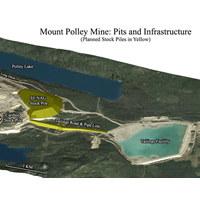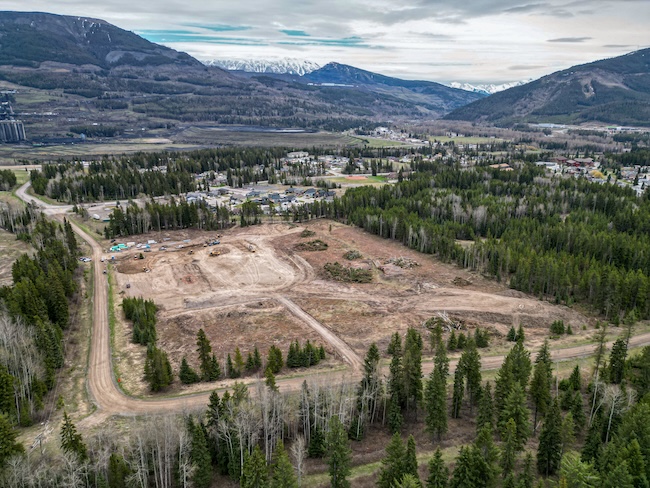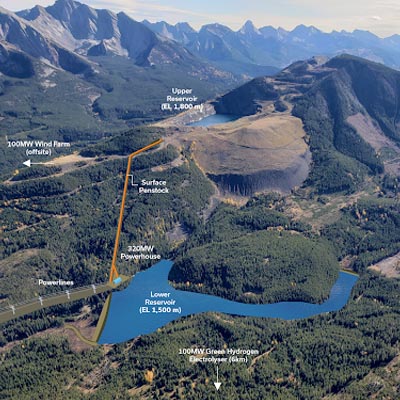BC geoscientist writes that Mt Polley tailings aren’t toxic.

A 3D rendering of the the Mount Polley copper-gold mine operated by Imperial Metals. — Photo courtesy Imperial Metals In a letter to the editor publi
A 3D rendering of the the Mount Polley copper-gold mine operated by Imperial Metals. — Photo courtesy Imperial Metals
In a letter to the editor published in the Northern Miner newspaper, B.C. geoscientist James Morton, of North Vancouver, writes that the Mount Polley's tailings are not toxic.
Morton has been a geologist for more than 30 years since he graduated from the University of British Columbia. He has done extensive work in B.C., Yukon, Nevada, Washington and Mexico.
He is a registered Professional Geoscientist with the Association of Engineers Geoscientists of B.C. (#18303) He has been employed as a consulting geologist on a number of mining projects over the years.
Here is his letter as published in the Northern Miner in the September 1-7th, 2014 issue.
“*The Mount Polley copper-gold mine operated by Imperial Metals processed a form of ore related to an alkali intrusive. This type of ore is typified as having a low content of sulphur and is not associated with significant quantities of deleterious elements.
The ore when mined contains approximately 0.30% copper occurring in the form of copper sulphide (predominantly as the mineral chalcopyrite) with accessory gold in the copper minerals.*
The processing entails grinding the ore and then removing the copper sulphide and then depositing the residual constituents, largely feldspar, to the tailings storage facility.
Imperial’ website provides an analysis from 2013 of the chemical parameters of the tailings solids.
It is interesting to compare the heavy metal content (arsenic, mercury and lead) of this analysis with results from an extensive database of naturally occurring stream-sediment values in a pre-mining survey completed in 1981 by then Energy Mines and Resources Canada and the B.C. Ministry of Energy Mines and Petroleum Resources (The National Geochemical Reconnaissance Survey, Quesnel Lake Sheet, open file 776).
In the 1981 survey 1,226 stream-sediment samples from the survey area were analyzed for an extensive suite of elements including arsenic, mercury and lead. Arsenic has an average value of 6.2 parts per million (ppm) for the 1,226 sample 1981 population varying from a low of 0.5 ppm to 750.0 ppm in a stream located 26 km northeast of the Mount Polley mine. The Mount Polley tailings solids contain 10.6 ppm arsenic. Mercury has an average value of 56.4 parts per billion (ppb) for the 1981 population varying from a low of 10 ppb to 3,400 ppb in a stream located 44 km northwest of the Mount Polley mine. The Mount Polley tailings solids contain 70.0 ppb mercury. Lead has an average value of 7.1 ppm for the 1981 population varying from a low of 1 ppm to 330 ppm in a stream located 45 km northeast of the Mount Polley mine. The Mount Polley tailings solids contain 4.9 ppm lead.
Moreover the Mount Polley tailings contain 2.67% calcium which prevents the tailings from becoming acidic and thereby leaching significant quantities of residual metal.
The tailings essentially constitute a synthetic feldspathic calcareous sand deposit.”




